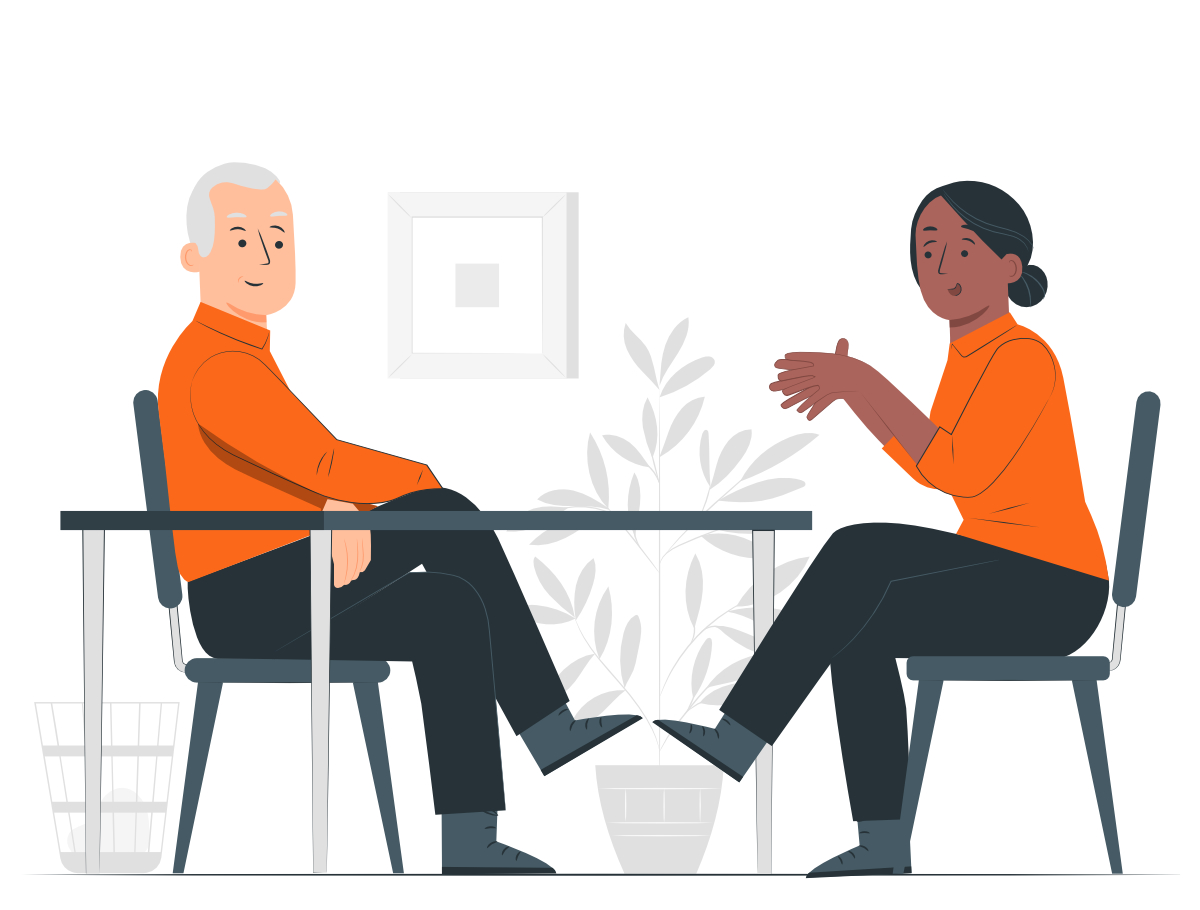Communicating with health care professionals
What do people want to achieve when they visit a health care professional? We’ve all had experiences where we come from a meeting with our doctor, feeling it didn’t go very well.
When this happens, it may help to think about these questions:
-
What did I want to get out of that meeting?
-
What did my doctor want to get out of the meeting?
-
Did I achieve what I wanted?
-
Did the doctor achieve what they wanted?
-
How could the outcome have been better for me?
It may be that you wanted to get some clear information or to talk aboutwhat was going to happen in the future.
Perhaps just wanted someone to listen, but came away with another prescription that you didn’t really want.
So what can you do so that next time there is a better outcome? Here are some tips that other people have found helpful:

Top tips for better meetings with your health care professional
-
Prepare for the meeting beforehand
-
Think about what you want to achieve
-
Decide what you want from the person you are seeing
-
Work out what to say or what questions you want answered
-
Write them down, and take your list with you
-
Rehearse it before you go in
Other things to consider
The health care professional may be as frustrated as you are at times and not know what to do to help you. That’s why a collaborative approach is usually the most helpful way to tackle things in the long term – in other words, work on it together.
Make specific suggestions
If there’s something you think might help, try making postiive specific suggestions, such as: “I thought that some exercise / dietary advice / stopping smoking might help – can you suggest where I might get some advice?”
Being assertive is OK
People often confuse aggressive and assertive behaviour. When they think of being assertive, they worry about being seen as aggressive. Find out more about assertiveness in Footstep 7 – Communication